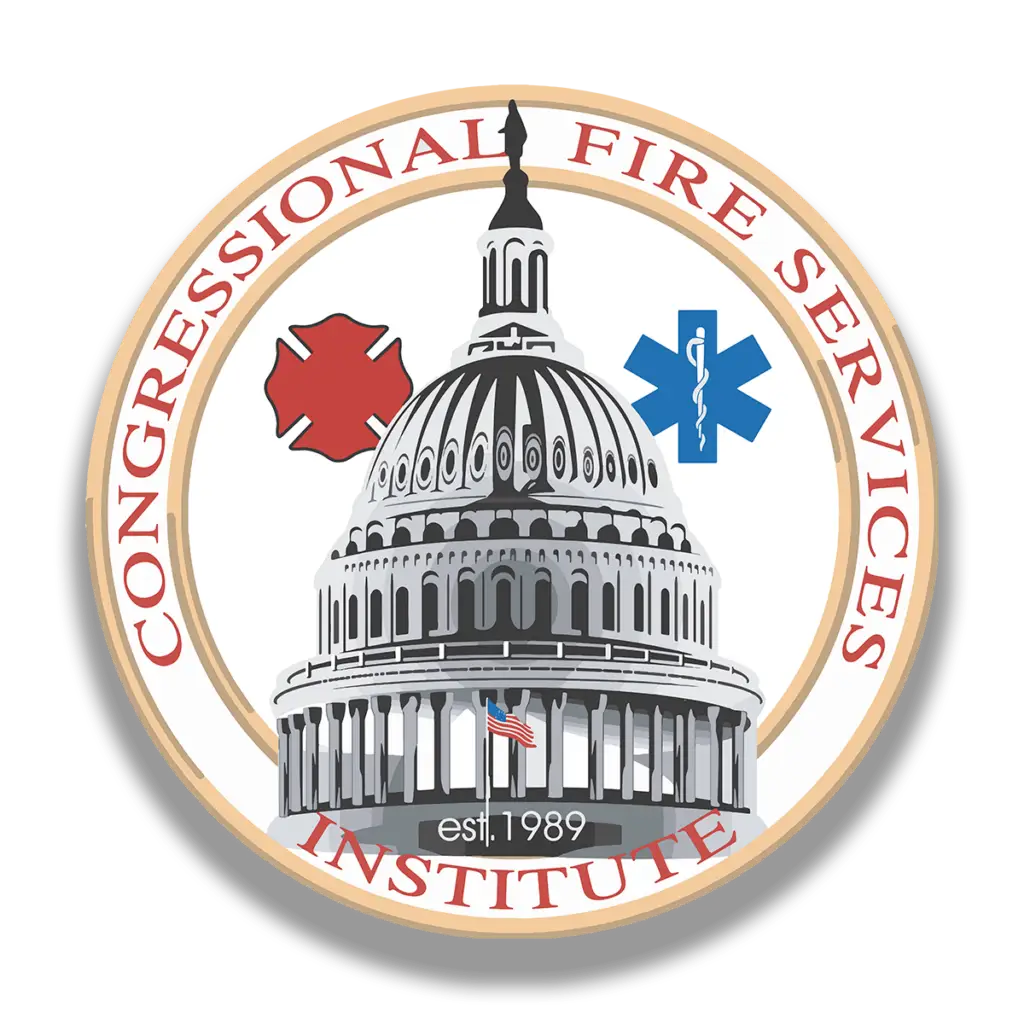CFSI supports initiatives to promote the use of up-to-dates codes and standards throughout the country. This includes codes addressing the installation of fire sprinklers in commercial and residential structures.
How much time to you have to escape a fire?
Today, escaping a fire at home has become more time-sensitive than ever before due to factors like open-concept spaces and synthetic furnishings, which have compressed the available evacuation time.
How can fire sprinklers help?
Fire sprinklers can be the crucial difference between life and death. They buy valuable time, and in emergencies, every moment counts when it comes to saving lives.
WEBINAR: Fire Sprinkler 101
In the wake of tragic fires in PA and NY, this panel discussed how fire sprinkler systems can help save lives and protect property. Learn about:
- High rise fires and firefighter safety
- What are fire sprinklers?
- Common myths about sprinklers
- Sprinklers and code adoption, and more!
Fire Sprinkler Statistics
- In buildings with sprinkler systems, the civilian death rate per fire can be reduced by 90% and the injury rate reduced by 32% .
- The risk of death to firefighters is nearly eliminated in a fully sprinklered structure and the injury rate is lowered by 35% when sprinklers are present.
- Homes with sprinklers can minimize property loss by up to 55% in the event of a fire.
Fire Sprinklers in Federally Funded Housing
- In 1992, Congress passed the Federal Fire Safety Act, which required newly constructed multi-family housing units to have fire sprinklers.
- HUD estimates that there are approximately 570,000 multifamily public housing units still in the inventory that were constructed prior to the sprinkler requirement.
- Of these units, HUD estimates that approximately 180,000 do not have fire sprinklers.
Helpful Links
Current Legislation
Public Housing Fire Safety Act
The legislation creates a grant program for public housing agencies to install automatic sprinkler systems in certain public housing projects.
- In buildings with sprinkler systems the death rate per fire can be substantially reduced and the property damage decreased.
- The widespread adoption of fire sprinklers in the last 40 years is one of the elements that has led to a reduction in fire deaths in the U.S.
- The risk of death to firefighters is nearly eliminated in a fully sprinklered structure and the injury rate is lowered.
The bills have not yet been introduced in the 119th Congress.
High-Rise Fire Sprinkler Incentive Act
The legislation amends the tax code to incentivize building owners to retrofit high-rise residential buildings with fire sprinkler systems.
- In buildings with sprinkler systems the death rate per fire can be substantially reduced and the property damage decreased.
- The widespread adoption of fire sprinklers in the last 40 years is one of the elements that has led to a reduction in fire deaths in the U.S.
- The risk of death to firefighters is nearly eliminated in a fully sprinklered structure and the injury rate is lowered.
Click here to download the High Rise One Pager.
The bill has been introduced in the House and Senate (H.R.173/S.504).
Past Legislation
The legislation makes changes to the definition of qualified improvement property (QIP) that may allow this tax benefit to be used for fire sprinkler retrofits.
- QIP is generally any improvement to the interior of a building that is nonresidential real property.
- The provision shortens the cost recovery period for such improvements to allow businesses to recoup costs faster.
The bill became P.L.116-136.
This major tax reform legislation includes Section 179 tax benefits affecting fire sprinkler installation.
- Section 179 of the U.S. Internal Revenue Code allows small businesses to write off the full cost of commercial fire sprinkler systems as an expense up to $1.04 million.
- This benefit enables many small businesses to immediately recover the costs of the upfront investment.
- The new Section 179 deduction applies to upgrading existing systems or retrofitting systems in existing commercial (not residential) structures.
- This legislation was the culmination of a 15-year fight to class fire sprinklers as Section 179 property through work on the Fire Sprinkler Incentive Act.
The bill became P.L.115-97.
